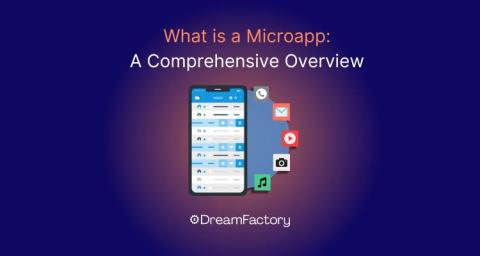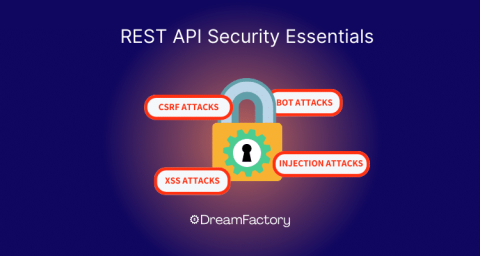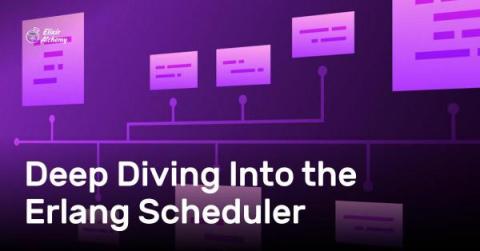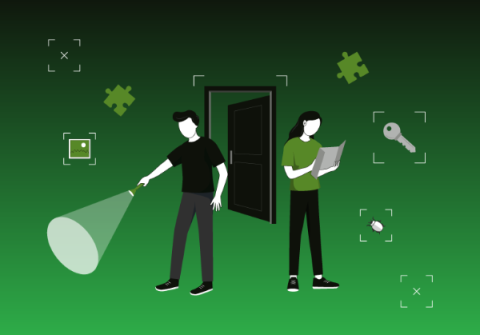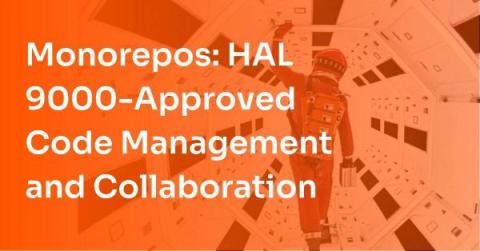What is a Microapp: An Emerging Trend
The microapp trend is on the rise! In the approximately two years since joining the DreamFactory team, I’d estimate I’ve conversed with more than one thousand companies about their API-based projects. These conversations provide a great opportunity to peer inside the IT operations of organizations large and small, not to mention pick up on emerging technology trends.


